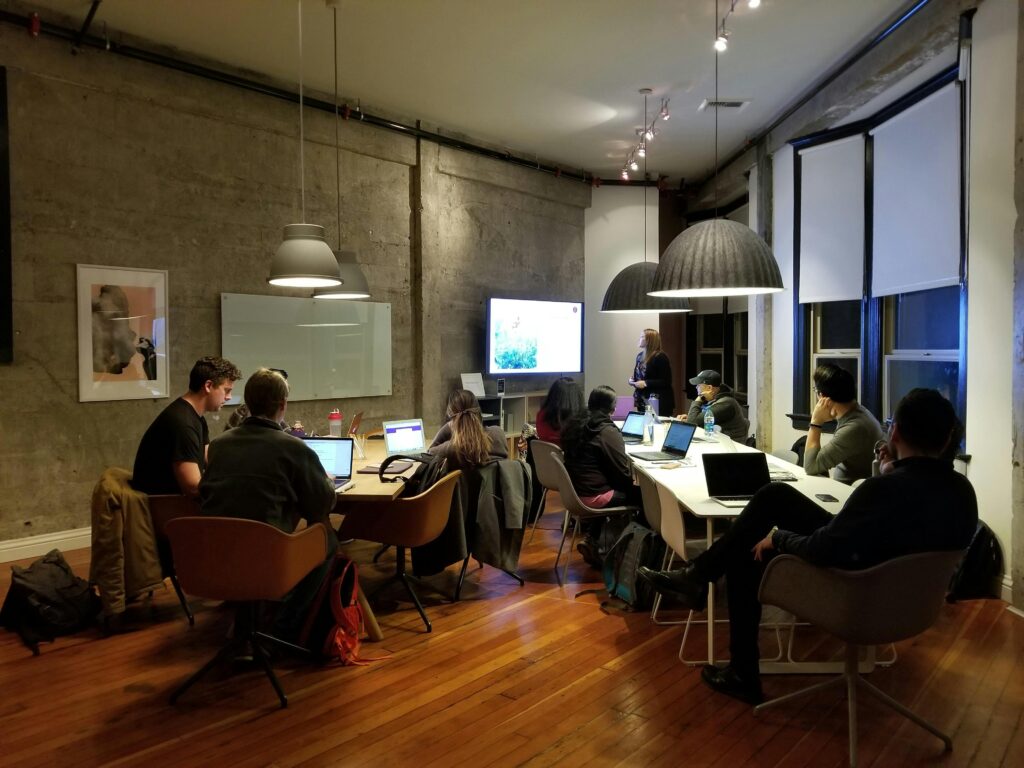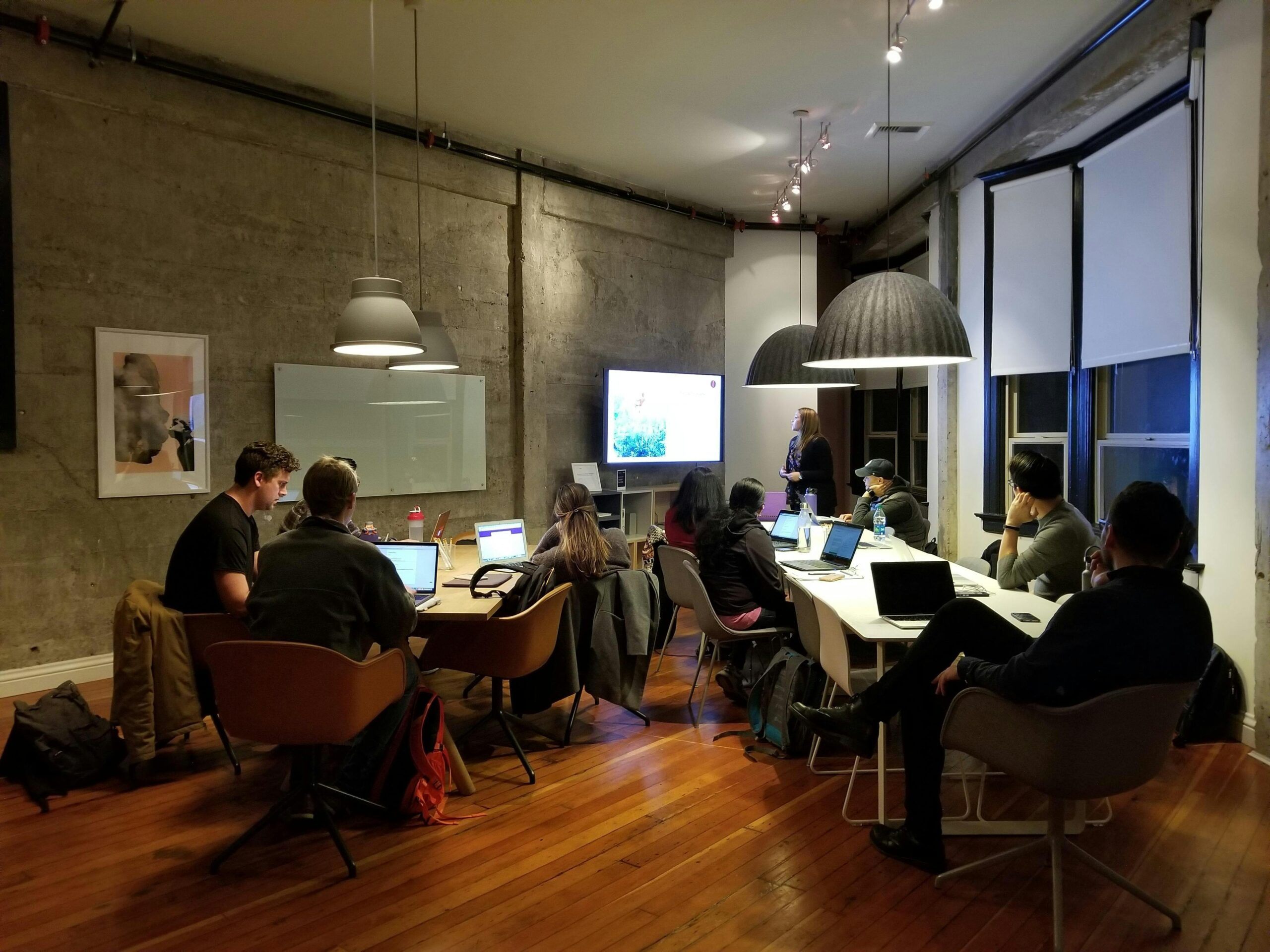
In construction, the promise of new software is almost always compelling. Digital platforms now offer the ability to centralise communication, track progress in real time, and cut down on administrative overheads that have long plagued the industry. From cloud-based project management systems to mobile apps that connect field workers with office teams, the range of tools available has never been greater. Yet if one listens closely to conversations among contractors, project managers, and executives, a familiar note of frustration emerges. Many companies set out with the best intentions, only to find that enthusiasm wanes after the initial rollout. Staff complain that the software is confusing or time-consuming, managers revert to old habits, and the investment fails to deliver the expected transformation. This phenomenon has a name: implementation fatigue.
Implementation fatigue is not unique to construction, but the pressures of the sector make it particularly acute. Projects are often fast-paced, margins tight, and the tolerance for disruption low. Unlike industries where staff can experiment with new systems at leisure, construction firms rarely have the luxury of slowing down. Deadlines remain immovable, safety obligations uncompromising, and client expectations relentless. Against this backdrop, the introduction of a new platform can feel like one challenge too many, especially when the benefits are not immediately visible. To avoid this downward spiral, firms must think carefully about how to roll out software in a way that sustains momentum from the first day of implementation through to long-term adoption.
Recognising the Causes of Implementation Fatigue
The first step in addressing implementation fatigue is to understand why it occurs. Much of it stems from a clash between expectations and reality. Sales pitches and demonstrations often highlight the impressive capabilities of modern software: instant reporting, seamless integration, and intuitive dashboards. But when staff encounter the system in practice, they find that data must be entered consistently, processes restructured, and familiar routines abandoned. What appeared simple in a controlled demonstration suddenly feels overwhelming in the chaos of a live project.
Another contributing factor is poor sequencing. Too many firms attempt a “big bang” approach, introducing every feature at once. Staff are asked to change their habits overnight, leaving little time to build confidence with the basics before moving on to more advanced functions. The sheer weight of change leads to frustration, and soon many revert to the spreadsheets, whiteboards, or ad-hoc emails they have always relied on. In such circumstances, fatigue is less a matter of resistance to technology and more a reaction to the pace and scale of disruption.
Fatigue also arises when communication is lacking. If employees are not clear on why the change is happening, or how it will improve their daily work, they may perceive the new system as another burden imposed from above. Without visible leadership support, rumours and scepticism spread quickly, undermining morale. In industries like construction, where teamwork and trust are essential, such sentiments can erode adoption faster than any technical glitch.
Setting Realistic Expectations from the Outset
Avoiding fatigue begins long before the software is installed. Firms must set realistic expectations about what the platform can achieve and how quickly. No system will revolutionise operations overnight. Efficiencies emerge gradually, often after several months of consistent use. By framing the rollout as a journey rather than a sudden transformation, leaders help staff to pace themselves. The goal is not immediate perfection but incremental improvement.
Clear communication plays a vital role here. Employees should be informed not only of the benefits but also of the challenges ahead. For instance, managers might explain that while entering data may initially feel time-consuming, the payoff will be faster reporting and fewer disputes later. By acknowledging the effort required, leaders show respect for the workforce’s concerns and foster trust. Glossing over the difficulties only fuels disappointment when the reality fails to match the promise.
Phasing Change to Build Confidence
One of the most effective ways to prevent implementation fatigue is to phase the rollout of new software. Rather than expecting teams to master every feature simultaneously, firms can prioritise the functions that deliver the greatest immediate value. For example, a company might begin by digitising site diaries and daily logs, allowing staff to see rapid improvements in efficiency and accuracy. Once confidence is established, more complex capabilities—such as advanced analytics or integration with accounting systems—can be introduced.
Phased implementation reduces the cognitive load on staff, making it easier for them to adapt. It also generates early wins that build momentum. When workers see tangible benefits within weeks rather than years, they are more likely to remain committed. Each successful stage reinforces the message that the effort is worthwhile, creating a virtuous cycle of adoption rather than a spiral of fatigue.
The Importance of Visible Leadership
Leadership is another crucial factor. Too often, executives approve the purchase of new software but then step back, leaving middle managers or IT staff to handle the rollout. This sends the implicit message that the system is peripheral rather than central to business strategy. By contrast, when leaders actively champion the software—using it themselves, referencing it in meetings, and recognising staff who engage with it—the cultural signal is clear. The platform is not optional; it is integral to the way the company now operates.
Visible leadership also helps to counteract scepticism. Construction teams are pragmatic by nature. They will quickly abandon tools that appear to have little buy-in from those at the top. Conversely, when they see senior managers relying on the same dashboards and reports that they are asked to populate, they recognise the importance of their contribution. This alignment between leadership and workforce sustains momentum even when initial enthusiasm begins to wane.
Training as an Ongoing Process
Training is often treated as a box to be ticked: a few sessions at the outset, perhaps accompanied by a manual or online resource. But genuine adoption requires far more. Training must be ongoing, flexible, and tailored to the needs of different roles within the company. A site supervisor, for example, will use the software in a very different way from a project accountant or an executive director. Generic training sessions fail to address these nuances, leaving many staff uncertain about how to apply the system to their specific responsibilities.
Continuous training not only deepens competence but also combats fatigue. When employees know that support is readily available, they are less likely to become frustrated and disengaged. Training should also evolve as new features are introduced, ensuring that staff remain up to date and confident. By framing training as part of professional development rather than a one-off imposition, companies can transform it from a source of fatigue into a driver of motivation.
Creating Champions Within the Team
Peer influence is one of the most powerful tools for sustaining momentum. Identifying and empowering “software champions” within the workforce can make a dramatic difference. These individuals, often enthusiastic early adopters, act as role models and informal mentors for their colleagues. Because they share the same daily challenges as their peers, their endorsement carries more weight than official communications from management. Colleagues are more likely to trust the advice of someone who understands the realities of life on site or in the office than that of an IT consultant.
Champions can also provide valuable feedback to leadership, highlighting areas where the software is working well and where adjustments are needed. This two-way flow of information ensures that issues are addressed before they become major frustrations, preventing fatigue from taking hold.

Managing Workload During Transition
Another cause of fatigue is the perception that new software adds to workload rather than reducing it. During the early stages of rollout, this perception often contains a grain of truth. Staff may need to double-handle data, entering it into both old and new systems until the transition is complete. If not managed carefully, this extra burden can create resentment and resistance.
To mitigate this, firms should plan transitions to minimise overlap wherever possible. Running systems in parallel can be beneficial for risk management, but the period should be kept as short as practical. Where additional workload is unavoidable, managers should acknowledge it openly and, where feasible, adjust expectations or provide temporary support. Recognising the strain rather than pretending it does not exist demonstrates empathy and helps maintain morale.
Celebrating Progress and Success
Human motivation is often sustained not by distant goals but by immediate recognition of progress. In the context of software implementation, celebrating milestones is a powerful antidote to fatigue. This might involve acknowledging the first project completed entirely within the new system, sharing success stories where disputes were resolved more quickly thanks to accurate data, or simply thanking teams for their perseverance during a difficult phase. Such recognition reinforces the sense that the effort is worthwhile and that progress is being made.
Importantly, celebrations need not be grand. Small gestures, such as highlighting achievements in team meetings or featuring success stories in company newsletters, can have a significant impact. They remind staff that their work is noticed and appreciated, which in turn sustains momentum.
Evaluating and Iterating
Finally, avoiding fatigue requires an attitude of continuous improvement. No rollout will be flawless, and some degree of adjustment is inevitable. Companies that treat implementation as a fixed project, complete once the software is installed, are likely to encounter frustration as issues accumulate. By contrast, those that view implementation as an evolving process are better positioned to respond constructively to challenges. Regular evaluation, based on feedback from staff at all levels, allows firms to refine workflows, adjust training, and prioritise enhancements. This iterative approach not only improves the software’s effectiveness but also demonstrates to employees that their concerns are heard and acted upon. Such responsiveness builds trust and mitigates the cynicism that fuels fatigue.
Rolling out new construction software is as much a human endeavour as a technical one. While the potential benefits are substantial—greater efficiency, better collaboration, stronger compliance—the risks of implementation fatigue are equally real. Fatigue arises when expectations are unrealistic, when change is imposed too quickly, when communication falters, or when staff feel overburdened and unsupported. To prevent it, companies must approach rollout as a journey rather than an event. They must set realistic expectations, phase change intelligently, provide visible leadership, and treat training as ongoing professional development. They must cultivate champions within their workforce, manage workloads carefully, and celebrate progress along the way. Above all, they must remain responsive, evaluating and refining the process as it unfolds.
When handled in this way, implementation need not be a drain on energy and morale. Instead, it becomes a source of momentum, driving cultural as well as technological transformation. Far from inducing fatigue, the adoption of new software can inspire renewed confidence and commitment, equipping construction firms to thrive in an increasingly complex and competitive environment. The key lies not just in the technology itself but in how it is introduced, supported, and sustained over time.
In today’s construction landscape, efficiency and accuracy are paramount. Construction management software, like Wunderbuild, revolutionises project handling by centralising tasks, from scheduling and budget management to communication and document control. This integration enhances productivity and ensures projects are completed on time and within budget, making it an essential tool for modern construction professionals. Embrace Wunderbuild here to begin streamlining your construction processes and boost your project’s profitability.




